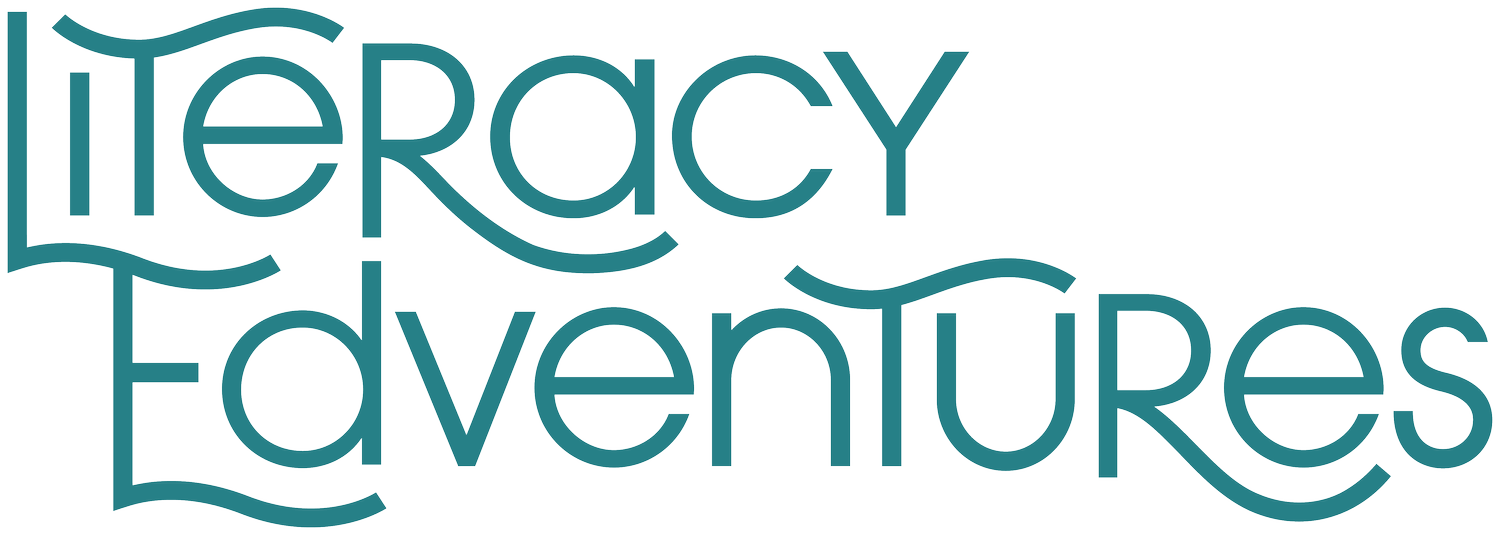From Scribbles to Sentences – Helping Young Writers Grow
Episode Title: From Scribbles to Sentences: How to Teach Writing Step by Step
Episode Summary:
In today’s episode, we’re tackling one of the biggest transitions in early literacy—helping students move from writing individual letters to constructing full sentences. If you’ve ever wondered how to bridge the gap between handwriting and confident writing, this episode is for you!
We’ll walk through:
✅ How to transition from letter formation to writing words
✅ The role of phonemic awareness and sound-to-letter mapping in writing
✅ Scaffolded word-building to strengthen encoding skills
✅ Sentence structure—teaching kids what makes a complete thought
✅ Engaging strategies like “Who/Do” sentences and The Missing Piece Game
✅ Why dictation and shared writing are essential for early writers
✅ How to make writing meaningful and connected to real-life experiences
By the end of this episode, you’ll have a clear, step-by-step approach to support your students as they grow into confident writers!
What You’ll Learn in This Episode:
The importance of explicit writing instruction and why moving from letters to sentences is a big developmental leap.
How handwriting fluency frees up cognitive energy for writing and the role of listening and oral segmenting in early writing.
How students learn to hear, tap out, and blend sounds before writing, using simple but powerful oral blending activities.
Teaching students to break words into individual sounds and follow a step-by-step encoding process to match sounds to letters.
How to teach word transformations by changing one letter at a time and why word chaining is a game-changer for spelling and phonics.
Why students need explicit instruction in sentence structure and how to teach subjects and predicates in a way that makes sense to young writers.
How to help kids recognize incomplete sentences using The Missing Piece Game and the importance of oral language in building strong writers.
Why punctuation changes meaning, how to teach it through “Say It Like You Mean It,” and making it an interactive part of sentence-building.
The power of dictation—how it reinforces sentence structure, fluency, and writing confidence beyond simple copying.
Why shared writing is an essential bridge for students before independent writing, helping them see the writing process modeled step by step.
How to connect writing to real-life experiences to make it more engaging and meaningful for students.
Resources Mentioned in This Episode:
📌 Download my FREE Dictation Activities
📌 Check out my favorite writing station activities
Thank you for listening! Don’t forget to rate and review the podcast—it helps other educators find this valuable content! See you next time! 🎉

